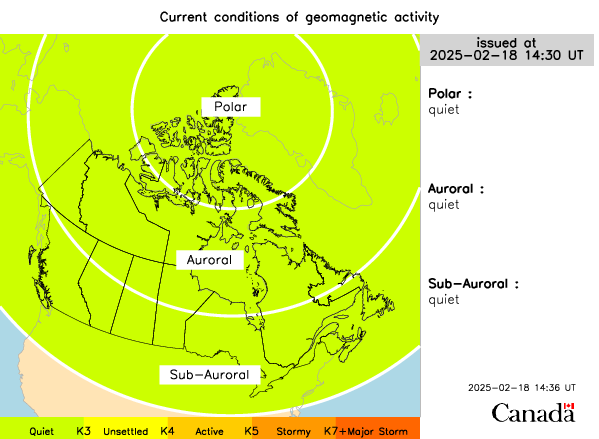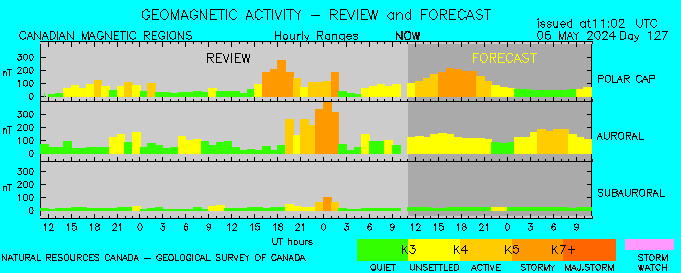Be on the Alert for Possible Aurora this Halloween Weekend 2021
/Credit: Tom Kroeker
This weekend we could see auroras grace the night sky as a result of a strong X1 solar flare on October 28th.
At 2021 Oct 29 1529 UTC the NOAA Space Weather Prediction Center issued a “WATCH: Geomagnetic Storm Category G3 Predicted”. A strong G3 geomagnetic storm is possible and places as far south as Pennsylvania to Iowa to Oregon may see aurora (see here for the latest alert).
There is uncertainty in when we can expect the CME to arrive. The CME could arrive Saturday night (October 30th) but there are indications that it may arrive earlier too. You might want to take a look early Saturday morning before sunrise as well as Saturday night if the skies are clear and you are awake.
Just as with regular weather here on earth you can have all the ingredients but severe weather does not occur. We are hopeful that this time all the ingredients will come together as well as clear skies.
The level of geomagnetic activity and where you are located are important factors in determining whether or not you may be able to see aurora. The further south you are the stronger the geomagnetic activity needs to be. As well, weather and light pollution will also affect your ability to see aurora. More tips for viewing aurora can be found at the NOAA site.
Clear Dark Sky has forecasts for astronomers for cloud cover that you might find useful.
The current UTC time (which is useful for the information below):
Here are some forecasts that will help:
The OVATION Auroral Forecast from NOAA below shows probability of visible aurora at the current time. Be sure to reload if the image is not current. Day and night (dark) are indicated as well on the map to help you determine if the time is current. Ideally you would like to be in a yellow, orange or red area.

Space Weather Canada also issues Zonal review and forecast and other short term forecasts. Below is the current conditions of geomagnetic activity. The higher the K value the better chance of seeing aurora.

Below shows the past and future predicted timeline for geomagnetic activity from Space Weather Canada. Orange and red indicate stormier activity. See the map above for how the regions are defined (polar cap, auroral, subauroral).

We will update this page as new information becomes available.



